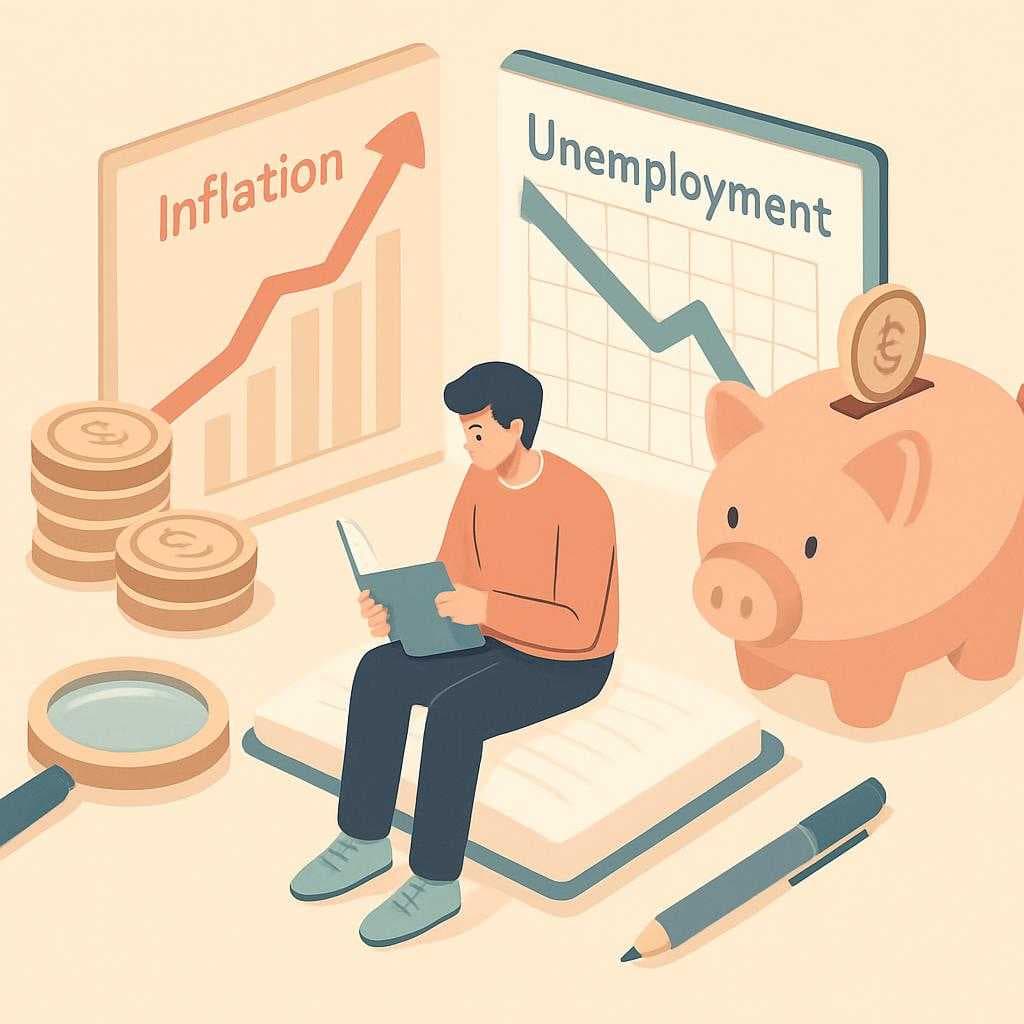Mastering A-Level Economics: Strategies for Tackling Inflation and Unemployment
Summary: Dive into the crucial topics of inflation and unemployment for your A-Level Economics exams. Explore how different UK exam boards like AQA, Edexcel, and OCR approach these topics, and discover key strategies to excel in your exams.
As an A-Level Economics student in the UK, mastering the intricacies of inflation and unemployment is essential for success in your exams. These topics are not only pivotal in understanding broader economic principles but are also frequently tested by major exam boards such as AQA, Edexcel, and OCR. This post will guide you through the essential concepts and offer strategies to tackle questions effectively.
Understanding Inflation and Unemployment
Inflation, the rate at which the general level of prices for goods and services rises, is a fundamental concept in economics. Understanding the causes of inflation, such as demand-pull and cost-push factors, and its impacts on the economy is crucial. Similarly, unemployment, a measure of the number of people actively looking for a job but unable to find one, is a key indicator of economic health. Familiarize yourself with different types of unemployment, including frictional, structural, and cyclical unemployment.
Exam Board Approaches
Each exam board has its nuances when it comes to testing these topics:
-
AQA: Focuses on both microeconomic and macroeconomic aspects of these issues. Expect questions that require critical analysis and evaluation of government policies aimed at controlling inflation and reducing unemployment.
-
Edexcel: Often emphasizes data response and essay questions. Be prepared to interpret data sets on inflation rates and unemployment figures, and to discuss policy implications.
-
OCR: Encourages a synoptic approach, linking inflation and unemployment to other economic indicators and theories. You’ll need to demonstrate a thorough understanding of economic models and apply them to real-world scenarios.
Strategies for Exam Success
-
Understand Key Theories: Grasp the Phillips Curve, which illustrates the inverse relationship between inflation and unemployment, and explore how this theory has evolved.
-
Stay Updated: Economic conditions change, so keep abreast of current UK inflation rates and unemployment statistics. Relating recent data to theoretical concepts can enhance your answers.
-
Practice Past Papers: Past exam questions are invaluable. They not only familiarize you with the question formats but also help you identify patterns in how inflation and unemployment are assessed.
-
Master Graphs and Diagrams: Whether it’s illustrating the Phillips Curve or shifts in Aggregate Demand and Supply, being adept at drawing and interpreting graphs is crucial.
-
Evaluate Policy Effectiveness: Be prepared to discuss the effectiveness of fiscal and monetary policies in managing inflation and unemployment. Critical evaluation is key to achieving top marks.
By focusing on these strategies and understanding the specifics of your exam board’s approach, you can confidently tackle inflation and unemployment questions in your A-Level Economics exams. Remember, clarity in explanation and a solid grasp of economic principles are your best tools for success.
